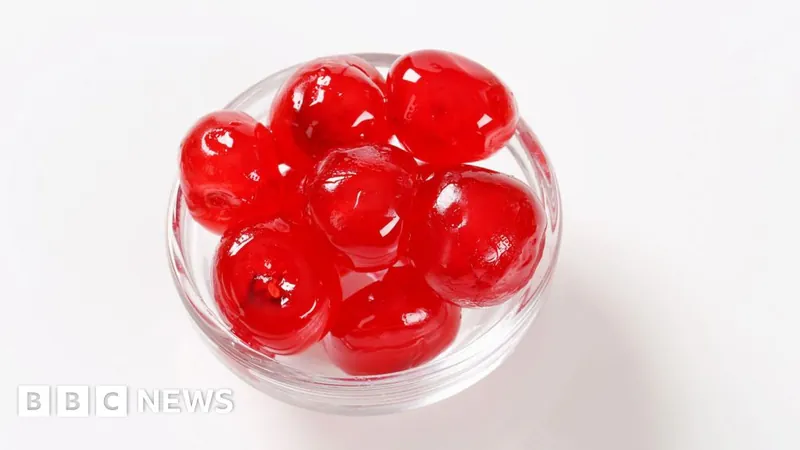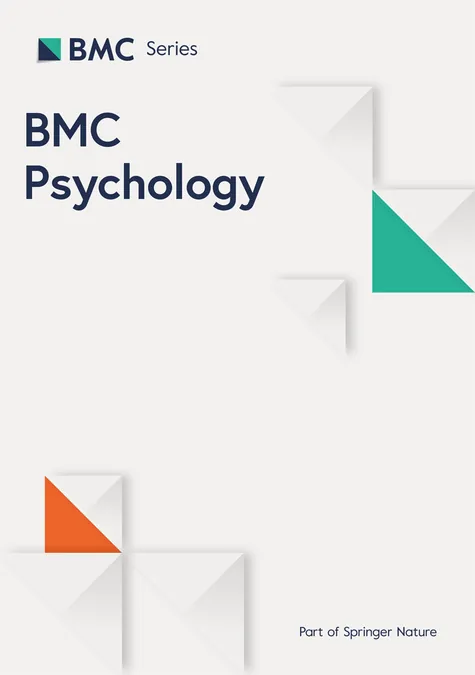
Groundbreaking Move! US Finally Bans Controversial Red Dye No. 3 Linked to Cancer!
2025-01-16
Author: Charlotte
Introduction
In a significant health decision, the United States has officially banned the usage of red dye No. 3, a synthetic coloring agent widely utilized to add a vivid cherry-red shade to various foods and beverages. The FDA announced this groundbreaking move on Wednesday, emphasizing the importance of public health and consumer safety.
FDA Ban and Its Implications
The ban comes on the heels of alarming studies that found connections between red dye No. 3 and cancer in male laboratory rats. While exposure levels in humans are considerably lower than those observed in the studies, current US regulations mandate a ban if any potential link to cancer is identified. The implications of this decision extend beyond the FDA’s jurisdiction, illuminating a growing concern over food safety and public health.
Products Containing Red Dye No. 3
This dye is primarily found in a plethora of products, including candies, cakes, cookies, frozen desserts, and even some medications. The call for its ban was notably bolstered by advocacy from the Center for Science in the Public Interest, a consumer watchdog group that submitted a petition in 2022 urging the FDA to take action against the dye's widespread use—especially among children.
Historical Context of Red Dye No. 3
Interestingly, red No. 3 was prohibited in cosmetics 35 years ago due to similar health concerns. In a related move, California took the lead in October 2023 by banning its use in food products, signaling a shift towards greater scrutiny of food additives.
Global Perspective
Globally, the artificial colorant faces restrictions in several countries, including Australia, New Zealand, and across the European Union, intensifying calls for uniform safety standards in food production.
Reactions from Health Advocates
This long-delayed ban has been celebrated by health advocates, with Dr. Peter Lurie, president of the Center for Science in the Public Interest, highlighting the irony of red dye 3 being banned in lipstick yet allowed in candies consumed by children.
Implementation Timeline
Food manufacturers will be required to reformulate their products by January 2027, while pharmaceutical companies have until January 2028 to adjust their formulations. This change also affects imported foods, which must now comply with the new ban.
Impact on the Candy Industry
Red dye No. 3, also known scientifically as erythrosine, has been a staple in the candy industry, appearing in popular products such as Pez, toaster pastries, and maraschino cherries. Additionally, it has been present in cough syrups and kids’ gummy vitamins, raising questions about the safety of products aimed at children.
Industry Response
Some companies have already begun to phase out this controversial dye. Dole, for instance, eliminated red dye No. 3 from its fruit bowls earlier this year. As a response to the ban, some manufacturers are shifting to red dye 40—deemed a healthier substitute. However, it’s important to note that red dye 40 has its own controversies; studies have linked it to hyperactivity in children and digestive disorders in animal studies, prompting a ban in California schools last year.
Conclusion
With the growing awareness of food safety issues, consumers can now expect a future of clearer ingredient lists and safer food products that prioritize health over aesthetic appeal!









 Brasil (PT)
Brasil (PT)
 Canada (EN)
Canada (EN)
 Chile (ES)
Chile (ES)
 Česko (CS)
Česko (CS)
 대한민국 (KO)
대한민국 (KO)
 España (ES)
España (ES)
 France (FR)
France (FR)
 Hong Kong (EN)
Hong Kong (EN)
 Italia (IT)
Italia (IT)
 日本 (JA)
日本 (JA)
 Magyarország (HU)
Magyarország (HU)
 Norge (NO)
Norge (NO)
 Polska (PL)
Polska (PL)
 Schweiz (DE)
Schweiz (DE)
 Singapore (EN)
Singapore (EN)
 Sverige (SV)
Sverige (SV)
 Suomi (FI)
Suomi (FI)
 Türkiye (TR)
Türkiye (TR)